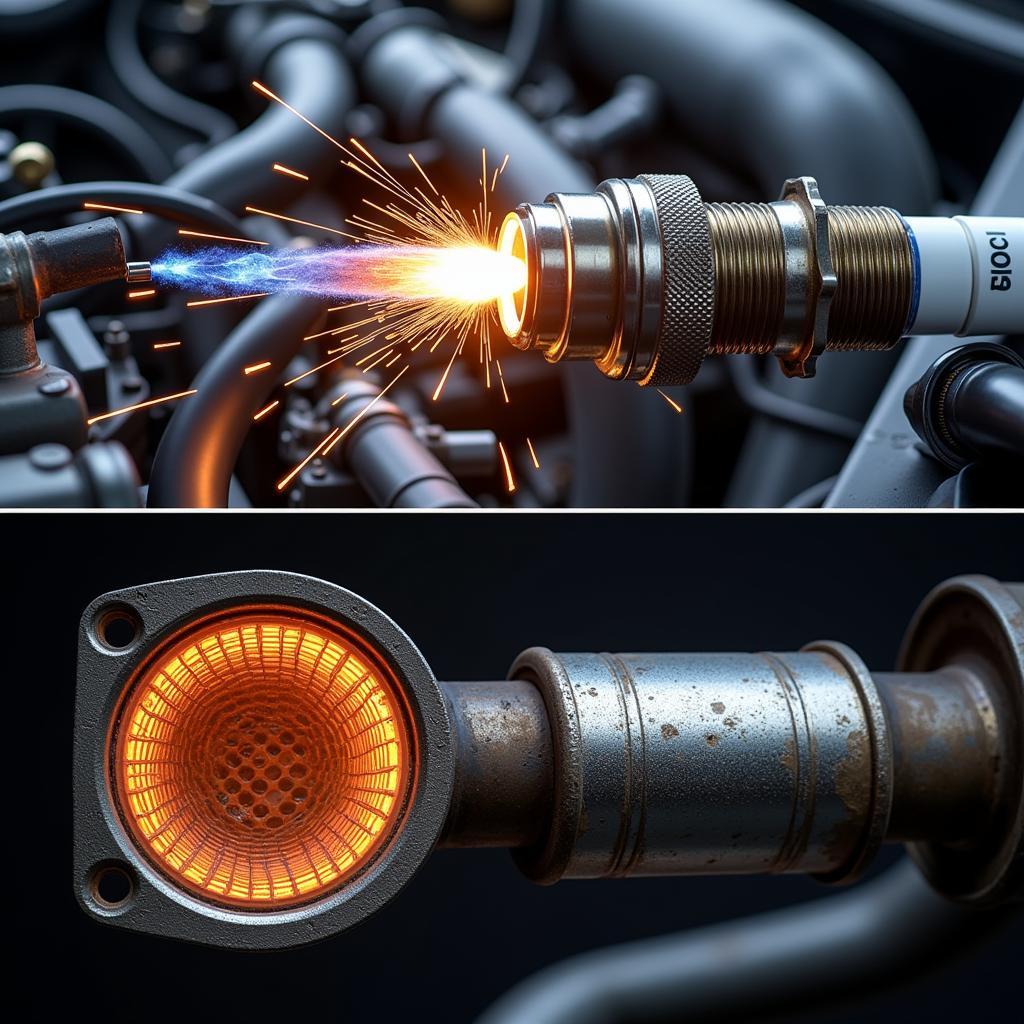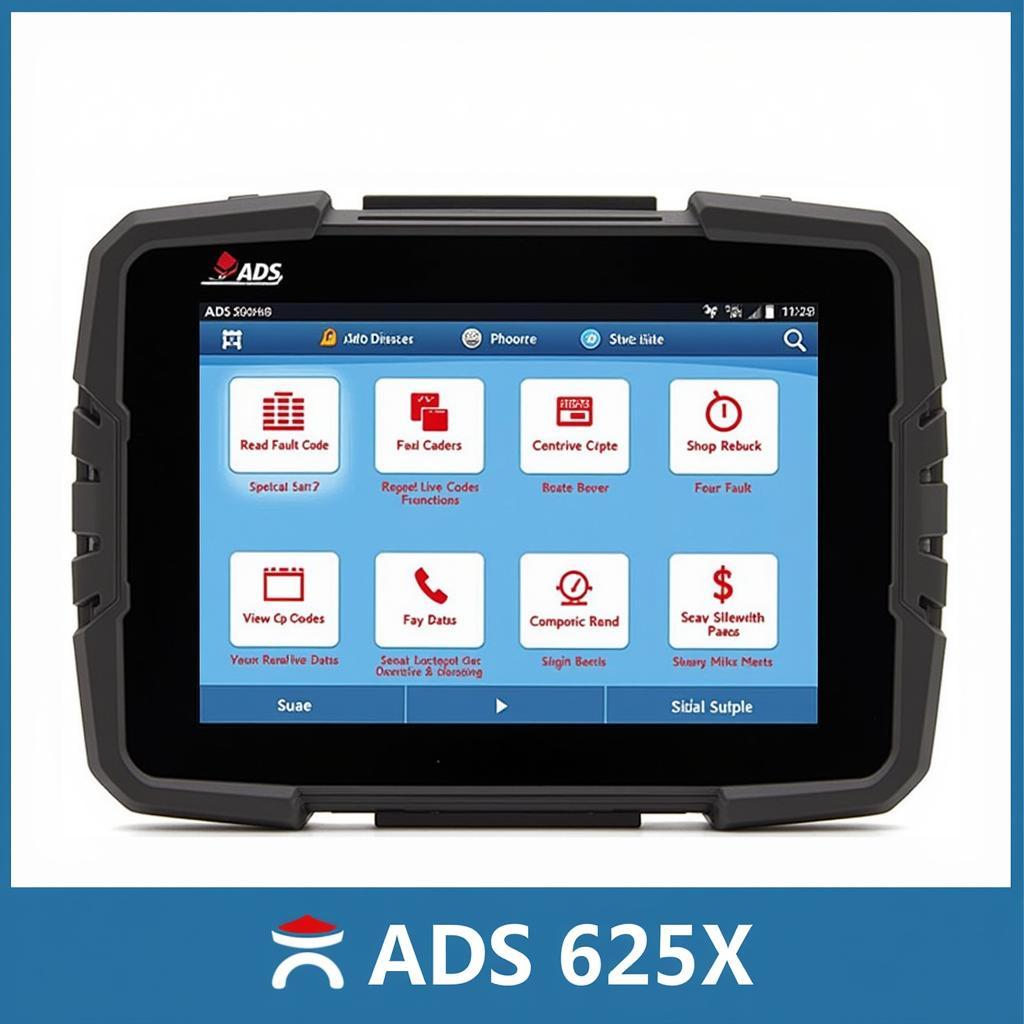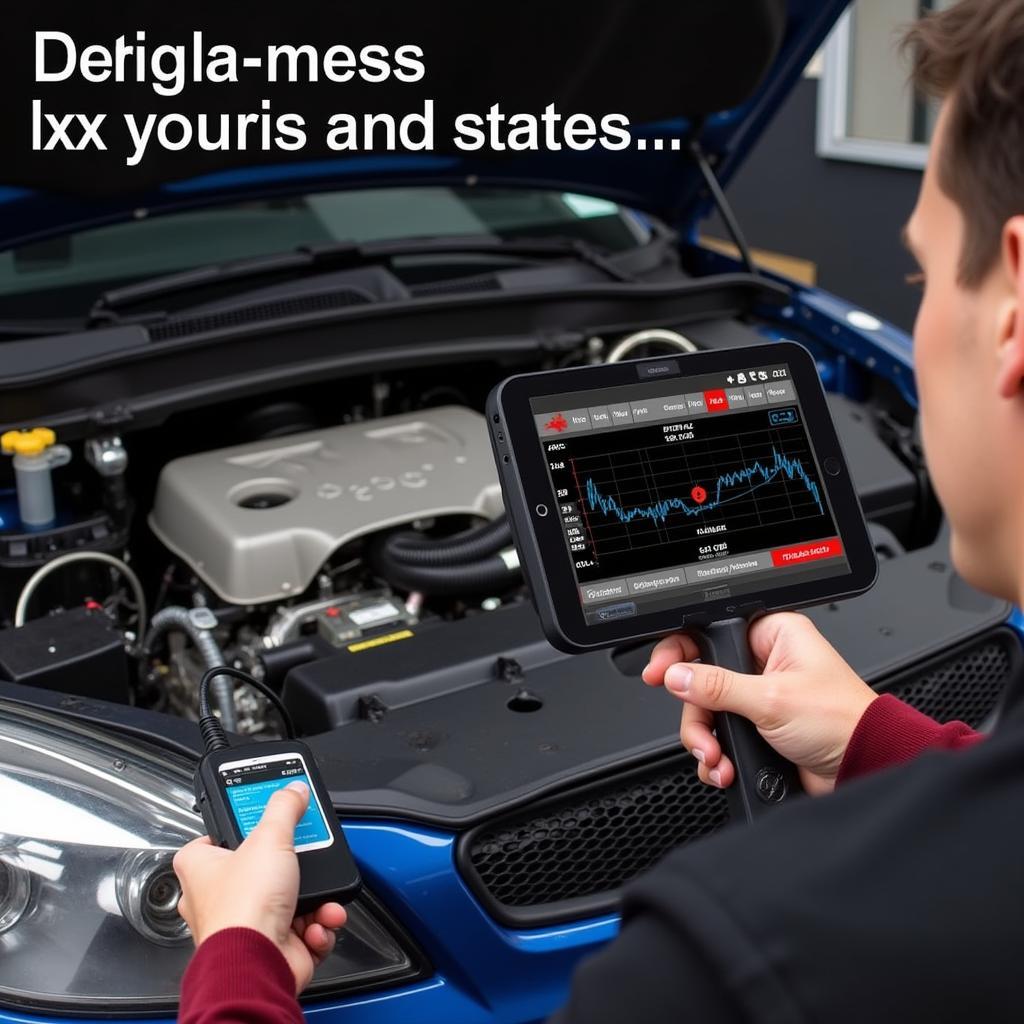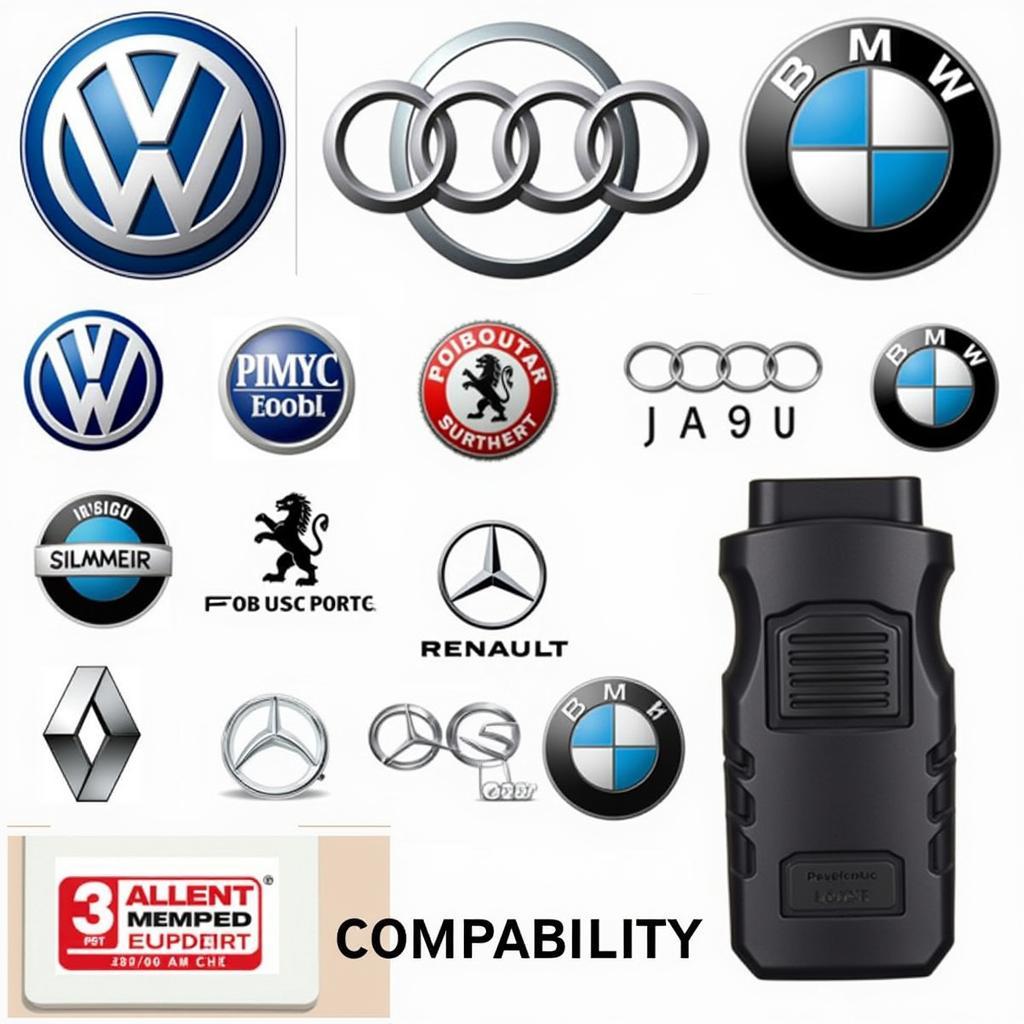A “misfire catalytic converter” code popping up on your car code scanner can be a cause for concern. While these two components might seem unrelated, they’re actually closely intertwined in the intricate workings of your vehicle’s emission system. This article aims to demystify the connection between misfires and catalytic converters, helping you understand the issue and take the right steps towards resolution.
One of the first signs of trouble often comes from your obd2 scanner and wifi car code reader. You might see codes like P0300 (random misfire) or more specific codes like P0301 (cylinder 1 misfire) alongside codes related to the catalytic converter efficiency like P0420. This means your engine isn’t burning fuel properly, and the consequences are impacting your catalytic converter.
How a Misfire Affects Your Catalytic Converter
Let’s break it down:
- The Role of the Catalytic Converter: Your car’s catalytic converter is a critical component of the emissions system. Its job? To convert harmful pollutants in exhaust gases into less harmful substances before releasing them into the environment.
- Misfires and Excess Emissions: When your engine misfires, unburnt fuel is dumped into the exhaust system. This excess fuel throws off the delicate chemical balance within the catalytic converter.
- Overheating and Damage: The catalytic converter has to work overtime to process the extra fuel, leading to overheating. Prolonged exposure to these high temperatures can damage the converter’s internal structure, reducing its efficiency and lifespan.
 car engine with a misfiring spark plug and damaged catalytic converter
car engine with a misfiring spark plug and damaged catalytic converter
Common Causes of Misfires that Impact Your Catalytic Converter
Understanding what causes misfires can help you address the root of the problem and prevent future catalytic converter issues. Here are some of the most common culprits:
- Faulty Spark Plugs or Wires: Worn-out spark plugs or damaged spark plug wires can disrupt the ignition process, leading to misfires.
- Fuel System Problems: Issues like a clogged fuel filter, malfunctioning fuel injectors, or a weak fuel pump can disrupt the proper air-fuel mixture needed for combustion.
- Vacuum Leaks: Leaks in the intake manifold or vacuum hoses can disrupt the engine’s air intake, upsetting the air-fuel ratio and causing misfires.
- Sensor Malfunctions: Sensors like the mass air flow (MAF) sensor or oxygen (O2) sensor play a vital role in monitoring and adjusting the air-fuel mixture. Malfunctioning sensors can lead to an incorrect mixture and subsequent misfires.
Recognizing the Signs: Beyond the Car Code Scanner
While a car scan tool reads cat and engine codes, there are other telltale signs of a misfiring engine affecting your catalytic converter:
- Illuminated Check Engine Light: This is often the first indicator of a problem.
- Reduced Fuel Economy: A misfiring engine consumes more fuel, so you might notice a decrease in your miles per gallon.
- Rough Idling or Engine Stalling: A misfire can cause your engine to shake, vibrate, or even stall, especially at idle.
- Loss of Power or Acceleration: You might experience a noticeable decrease in your car’s power and responsiveness when accelerating.
- Sulfur Smell: A strong sulfur or rotten egg odor from your exhaust is a sign of a damaged catalytic converter.
What to Do When Your Car Code Scanner Flags Misfires and Catalytic Converter Issues
Ignoring these signs can lead to more extensive and expensive repairs down the line. Here’s a step-by-step approach to address the issue:
- Read the Codes: Use your panlong obd2 car diagnostic scanner reader elm327 for android or a similar device to retrieve the specific diagnostic trouble codes (DTCs) stored in your car’s computer. Note all the codes, not just the ones related to misfires or the catalytic converter, as they can provide a more comprehensive picture of the issue.
- Research the Codes: Look up the meaning of each code online or in a car repair manual. This will give you a better understanding of the potential problems with your engine and emissions system.
- Start with the Misfires: Address the root cause of the misfires first, as this will prevent further damage to the catalytic converter.
- Inspect the Catalytic Converter: Once the misfire issue is resolved, have your catalytic converter inspected by a qualified mechanic. They can determine if it has been damaged and needs replacement.
Can a Car Code Scanner Diagnose a Bad Catalytic Converter Directly?
While a car scanner pro deep scan can provide insights into the health of your catalytic converter, it can’t definitively diagnose a bad one. Codes related to catalyst efficiency indicate a problem, but the underlying cause needs further investigation. It could be a failing catalytic converter or a symptom of another issue like a misfire.
Expert Insights
John Miller, ASE Certified Master Technician, emphasizes the importance of addressing misfires promptly: “Ignoring misfires is like ignoring a small crack in your windshield. It might seem insignificant at first, but it can quickly escalate into a major issue, costing you more in the long run.”
Sarah Chen, Automotive Engineer, highlights the importance of regular maintenance: “Regular tune-ups, including spark plug replacements and fuel system cleaning, can significantly reduce the risk of misfires and protect your catalytic converter.”
Conclusion
A Car Code Scanner Misfire Catalytic Converter warning is a serious issue that should not be ignored. Understanding the connection between these two components is key to protecting your vehicle’s performance and ensuring you’re not contributing to unnecessary pollution. If you encounter these codes, take immediate action to diagnose and resolve the problem.
Need help understanding your car code scanner readings or addressing misfire and catalytic converter issues? Contact the experts at ScanToolUS at +1 (641) 206-8880 or visit our office at 1615 S Laramie Ave, Cicero, IL 60804, USA. We’re here to help you get back on the road with a car that runs smoothly and efficiently.



